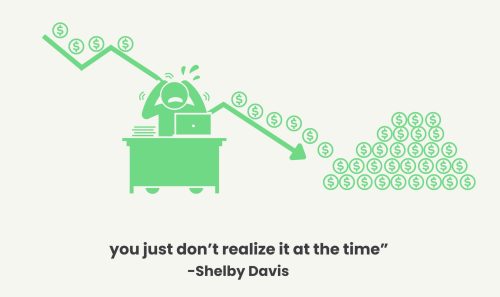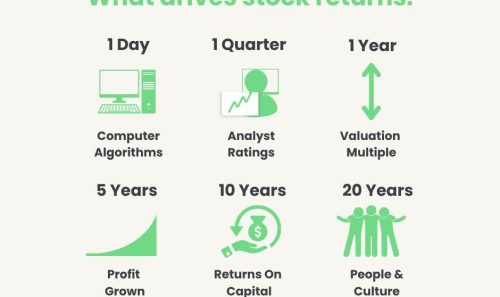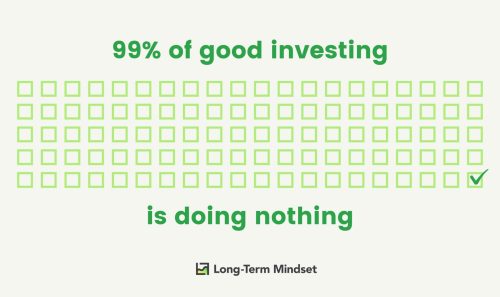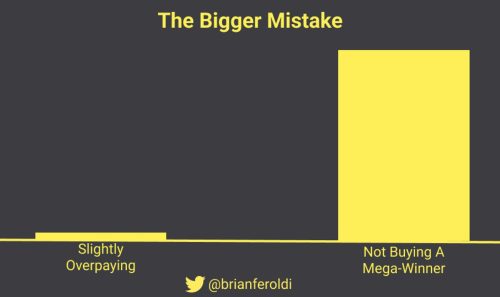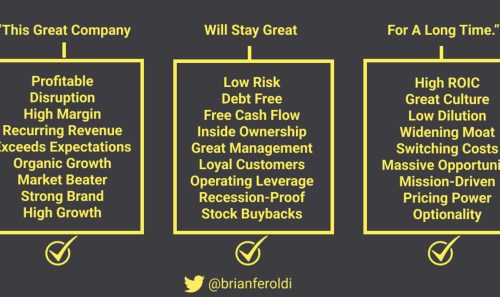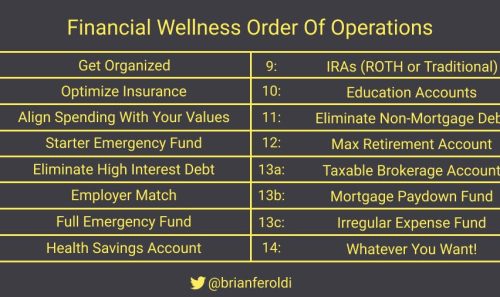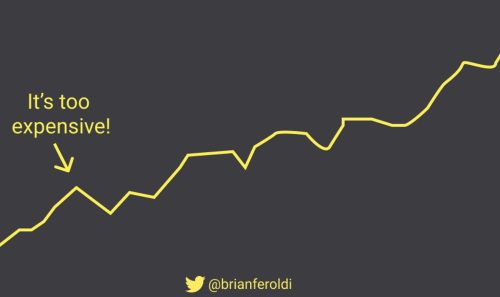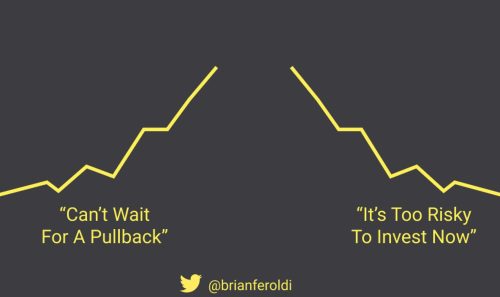🧠 The Most Powerful Investing Tool
View Online | Sign Up | Advertise
Friends,
In 1994, a few employees at NeXT were in the cafeteria when Steve Jobs walked in.
“Who is the most powerful person in the world?” Jobs asked.
The employees mentioned a few big names of the day, like Alan Greenspan, Nelson Mandela, and Bill Clinton.
But Jobs vehemently disagreed.
(Shortly thereafter, he inserted himself as CEO of Pixar).
We think Jobs was right: Stories are the most powerful tool humans have ever created.
In the investing world, stories are a double-edged sword. They can be useful, but they can also be dangerous.
When researching a company, stories can be incredibly powerful tools that help us turn data into a thesis.
If a company’s revenue, gross margin, returns on capital, and free cash flow are all rising, we can infer that demand is strong, pricing power exists, and future growth will create shareholder value. That’s a compelling thesis.
However, when our investment research starts and ends with a story — and we don’t back it up with supporting data — we open ourselves up to huge losses.
Investors have learned this lesson the hard way over the last three years.
The public markets were flooded with “story stocks” in 2020 & 2021. Companies like Matterport, Joby Aviation, AppHarvest, Virgin Galatic, Canoo, Vroom, & Berkshire Gray.
Investors who bought stocks like this are currently down 50%, 70%, or even 99.8% (looking at you, AppHarvest).
These companies came public with great stories but little supporting financial data. When the narrative surrounding these stories shifted, valuations imploded, and their investors lost a bundle.
We’ve made this mistake ourselves many times. Some companies’ stories sound so compelling that they have caused us to overlook glaring red flags.
So, how can investors defend themselves against powerful stories?
Our favorite answer: create an investing checklist.
We’ve each taken the time to create our own investing checklists from scratch. We now run any new investment idea that we find through our checklists before we make a buy decision.
While checklists don’t eliminate bad decisions entirely, they force us to focus on the data, question our assumptions, and check for red flags. This helps us combat our natural desire to invest based solely on a story.
We don’t deny that we still rely on stories — no one can escape them. Instead, checklists help us to identify what the stories are and see if there is enough supporting data to back them up.
We encourage you to do the same with your portfolio. Create a checklist. Run your investments through it. Question your assumptions.
We can’t promise that doing so will save you from making bad investments. However, we can promise that creating a checklist & running any investment ideas through it will make you a much better investor.
Wishing you investing success,
– Brian Feroldi, Brian Stoffel, & Brian Withers
Sponsor this Newsletter
Guess what? You’re reading promotional content in a newsletter. Sponsoring influencer newsletters, like mine, is a great way to reach engaged and targeted audiences. It will build your brand — whether that is your personal brand or your business.
The Long Term Mindset newsletter is part of the ConvertKit Sponsor Network. This network connects businesses to audiences of newsletter readers. For example, you can sponsor Long Term Mindset and connect with about ~80,000 people with similar interests to yours.
One Simple Graphic:
|
|
One Piece of Timeless Content:
The human brain is amazing, but it doesn’t always have our best interests at heart. Morgan Housel explains how our brains can trick us into spending on things we don’t need.
One Thread:
Need help making an investing checklist? This thread by Feroldi contains a massive list of investing questions from the masters that can get you started.
|
One Resource:
Want a copy of our investing checklists? Grab a copy here for free (just enter $0 as the price). The spreadsheets also include links to shareholder letters, Youtube channels, books, fund managers’ holdings, free investing resources, and more.
One Quote:
|
|
More From Us:
👨🎓 NEW! Need help getting your personal finances in order? Click here to start our 5-day Financial Wellness email course. It’s completely free.
👨🎓 Cohort 2 of Valuation Explained Simply ends tonight. Click here to purchase the replays & materials.
📗 If you’ve read Brian Feroldi’s book, he’d love a review.
👨🎓 Want to learn how to read financial statements? Purchase the replays & materials for our live course Financial Statements Explained Simply.



